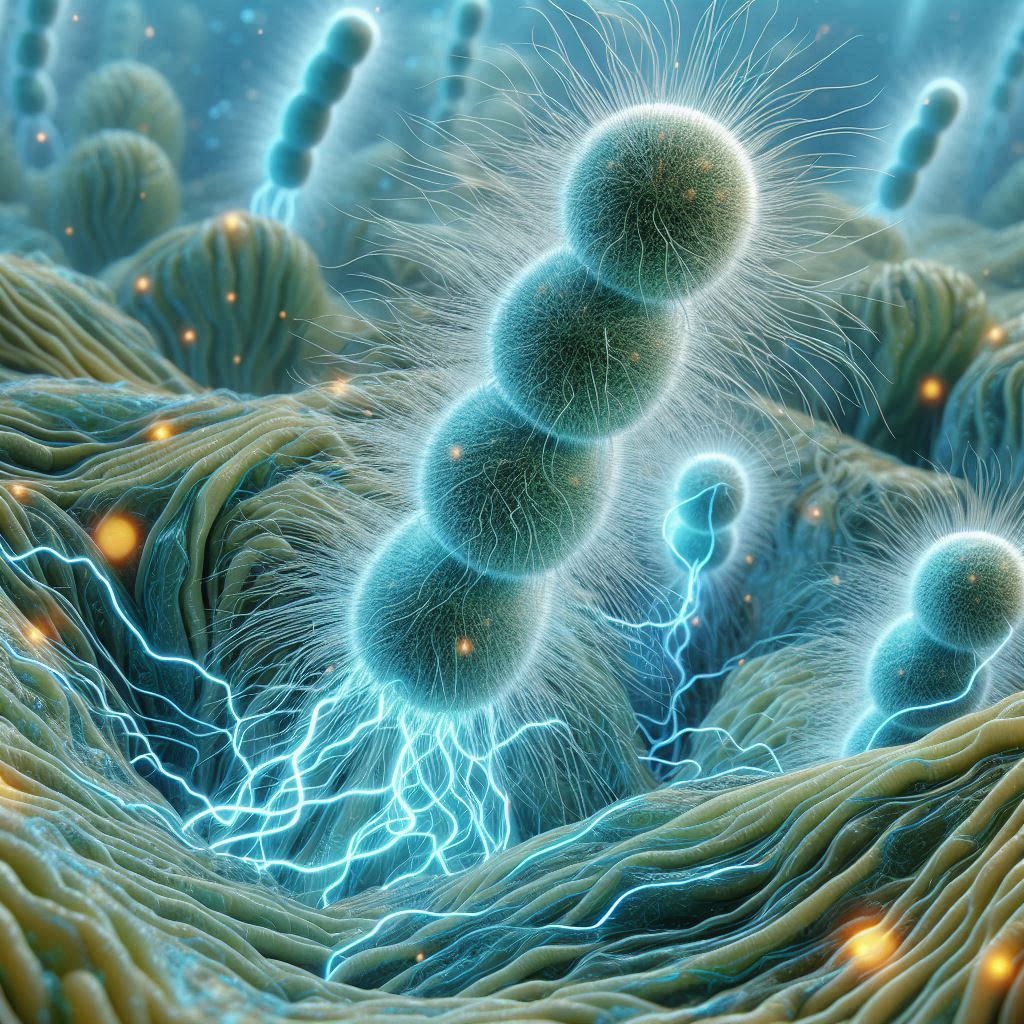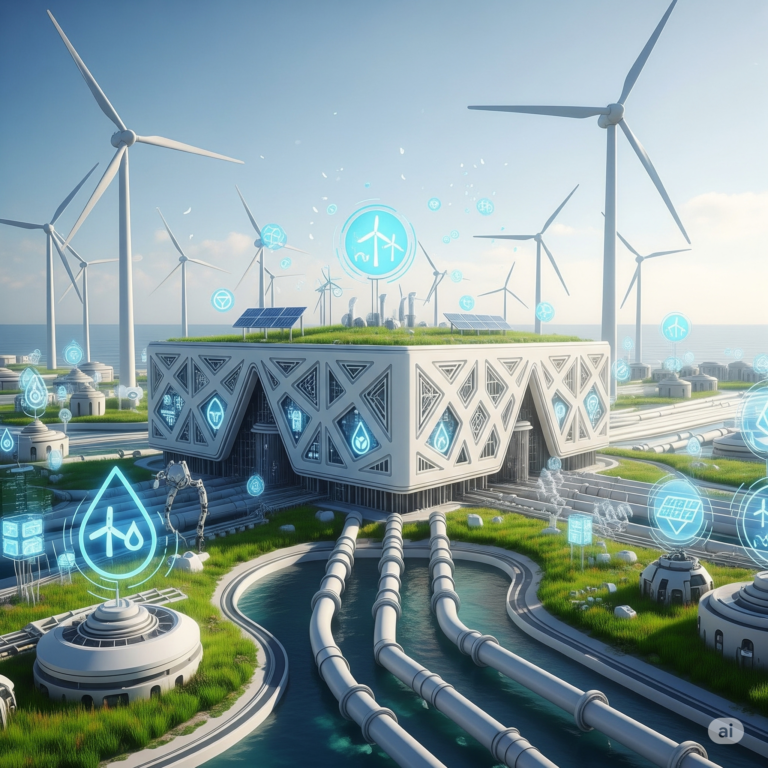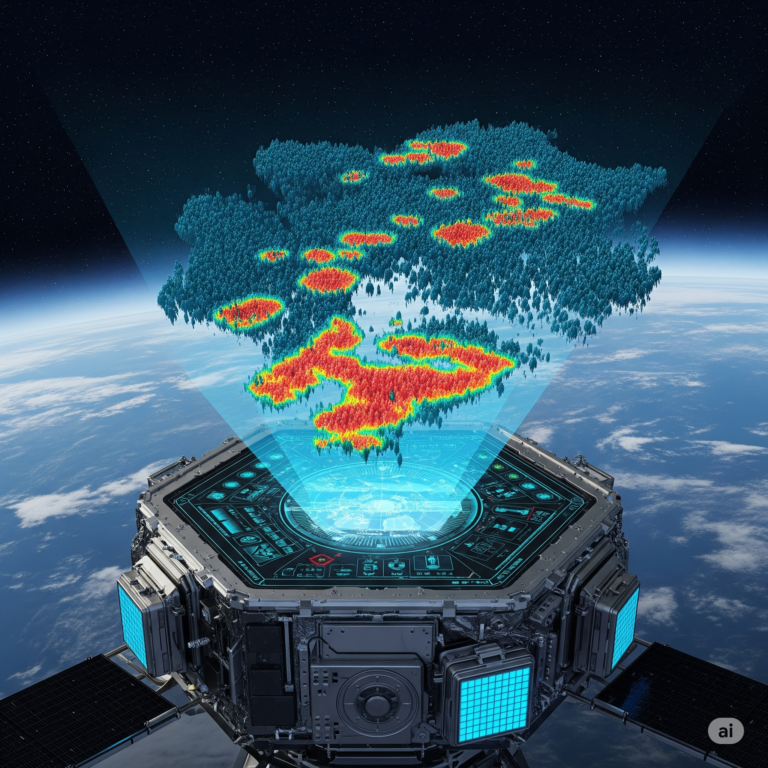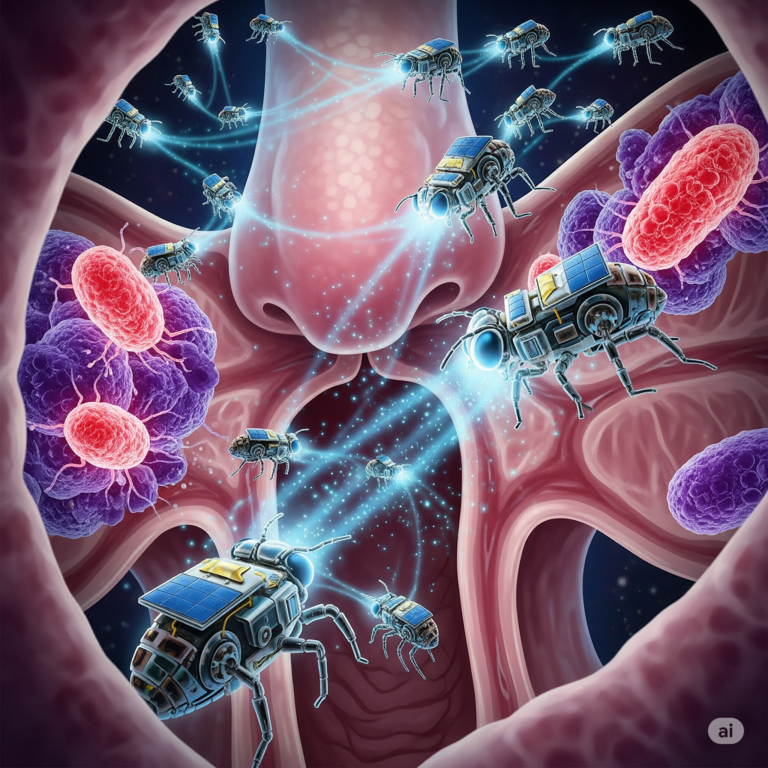Imagine a living organism that behaves like a wire. It conducts electricity over long distances not with copper or silicon, but with its own cells. This is not science fiction. It’s the recent discovery of Ca. Electrothrix yaqonensis, an electrically conductive microorganism found in the depths of sediment near the Pacific Northwest coast. Named in honor of the Native American communities of the Yaqona region, this bacterium is sparking global interest in biology, energy, and biotechnology.
What Is Ca. Electrothrix yaqonensis?

Ca. Electrothrix yaqonensis belongs to a family of filamentous bacteria capable of conducting electrons along their length. Unlike traditional bacteria that use chemical gradients or short-range electron transfers, this organism creates natural ‘bio-wires’ that span centimeters—a massive distance in microbial terms.
Discovery and Naming
Where It Was Found
The bacterium was isolated from aquatic sediments in the coastal regions of the Pacific Northwest. The unique conditions—anoxic environments rich in sulfides and iron—were ideal for supporting its energy metabolism.
Honoring Indigenous Knowledge
The name “yaqonensis” is derived from the Yaqona tribal lands, acknowledging the long-standing connection between Indigenous people and natural ecosystems. This is part of a growing scientific movement to recognize Indigenous knowledge and stewardship of biodiversity.
How Does It Work? Biological Mechanism of Conductivity
The Biological Wire
This bacterium consists of long filamentous chains of cells. Each cell is specialized to either donate or accept electrons, functioning similarly to semiconductors in electronics.
Electron Highways
Inside these chains, protein structures act like conductive highways, transferring electrons from one end of the bacterium to the other. The organism can bridge redox gradients in sediment layers, oxidizing sulfides in deeper layers and reducing oxygen or nitrates in upper layers.
Role of Nanowires
Research shows these conductive pathways are made from protein-based nanowires. Unlike artificial wires made from metal, these are biologically produced and self-repairing.
Potential Applications in Science and Technology
1. Bioenergy and Microbial Fuel Cells
This discovery opens up possibilities in microbial fuel cells (MFCs), where electricity is generated by bacteria. Ca. Electrothrix yaqonensis could act as a living wire, improving efficiency and scalability of bioelectric devices.
2. Environmental Remediation
The organism could play a key role in cleaning up contaminated environments. By facilitating electron transfer, it can accelerate the breakdown of pollutants in an eco-friendly way.
3. Bioelectronics
The ability to integrate biologically conductive materials into electronic circuits could revolutionize bioelectronics, enabling flexible, biodegradable, and biocompatible electronics.
4. Smart Biosensors
Sensors embedded with living bacteria that conduct electricity could detect toxic compounds or pathogens in real time.
Ecological Role and Significance
Natural Circuitry in Ecosystems
These bacteria form dense mats on sediment surfaces, where they regulate elemental cycles like sulfur, nitrogen, and carbon. They play a crucial role in oxygenating deeper sediment layers and maintaining the health of aquatic ecosystems.
Indicators of Environmental Change
Their sensitivity to changes in sediment chemistry makes them excellent bioindicators for monitoring pollution or climate impacts on aquatic systems.
Challenges in Research and Deployment
Culturing and Scaling
So far, the bacterium has not been fully cultured in lab environments, limiting large-scale applications. Advanced cultivation techniques and synthetic biology may overcome this.
Stability and Performance
Maintaining consistent performance outside its native habitat is a challenge. Environmental stress can affect conductivity and metabolic rates.
Ethical and Regulatory Considerations
Manipulating and deploying genetically modified or synthetic organisms into natural systems raises ethical and ecological questions. Careful risk assessment and regulatory frameworks are essential.
Future Directions and Research Priorities
Genetic Engineering
By editing the genes responsible for conductivity, scientists could create super-conductive variants for industrial applications.
Synthetic Biology Integration
Combining these bio-wires with artificial systems may lead to hybrid devices that blend the best of biology and engineering.
Interdisciplinary Research
Collaboration across microbiology, materials science, electrical engineering, and environmental sciences will accelerate real-world applications.
Philosophical and Cultural Reflections
Nature as a Blueprint
This discovery challenges our assumptions about what life can do. If microbes can conduct electricity like copper wires, what else might nature be capable of?
Respecting Indigenous Contributions
Naming the bacterium after the Yaqona community reflects a shift in science toward inclusivity and respect for traditional knowledge.
Conclusion: A Living Spark for the Future
Ca. Electrothrix yaqonensis is more than a scientific curiosity. It’s a testament to the hidden intelligence of natural systems, capable of inspiring new technologies, cleaning our planet, and reshaping the boundaries between biology and electronics. As we continue to decode the secrets of this remarkable bacterium, we edge closer to a future where life itself becomes a tool for innovation.
References
- Nielsen, L. P., et al. (2010). “Electric currents couple spatially separated biogeochemical processes in marine sediment.”
- Reguera, G., et al. (2005). “Extracellular electron transfer via microbial nanowires.”
Note: This blog is for informational purposes and reflects the latest research available at the time of writing.









+ There are no comments
Add yours